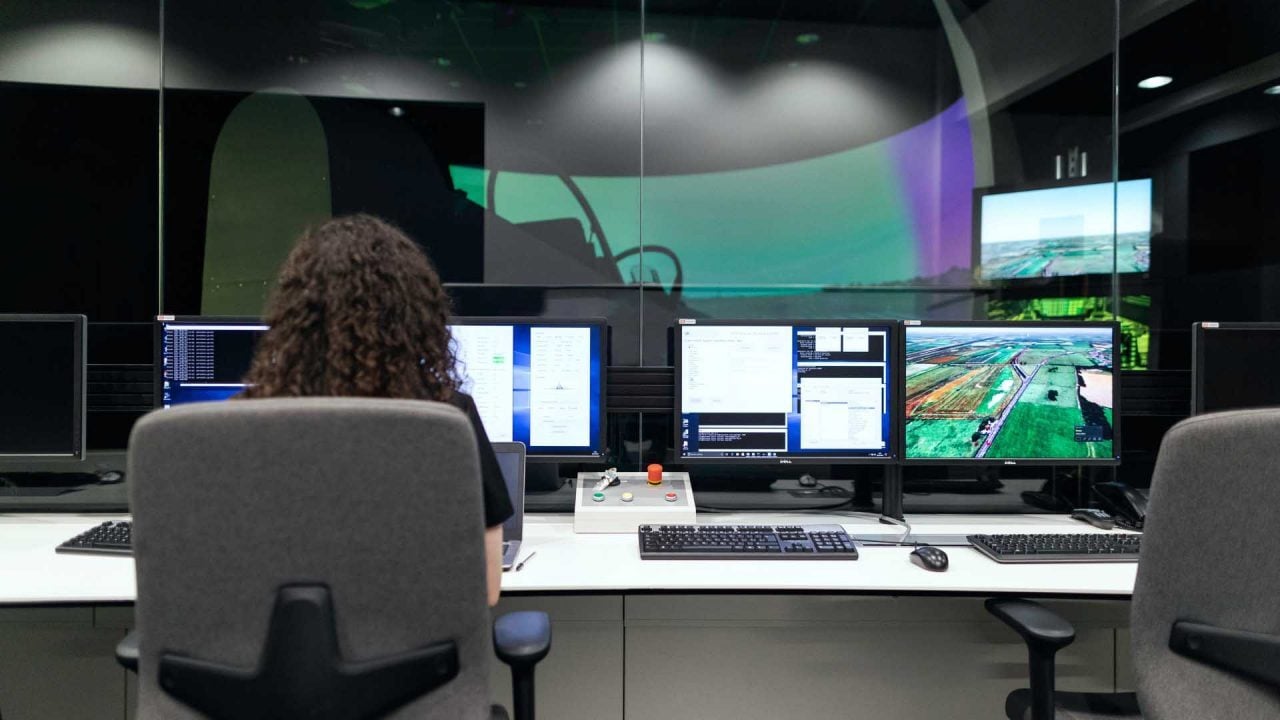Subtitling and dubbing are two common video localization strategies, but their uses can be differ by country, content, and budget. Even when subtitles are used, they're not always available in all languages. This means content creators, studios and distributors may be missing out on the full potential of their audience. But why?
Is it because dubbing is more expensive than subtitling for movies, TV series, and games? Meanwhile, subtitling mistakes in games and TV content can be embarrassing and detract from the viewer’s overall experience.
Should You Use Subtitles or a Voice-over for Your Video Content?
Subtitles play a big part in making content available all over the world, from sitcoms to blockbuster movies, and from your daily streaming service to that short Hungarian YouTube video. Netflix is available in 20 languages and subtitling farms are working around the clock to pump out subtitles for enormous catalogs of content. They help increase the visibility of your videos online. But why use subtitles?
8 Reasons to Choose Subtitles Over Dubbing
Dubbing is generally more expensive than subtitling. Whether or not you hire multiple voice actors for different characters, there are 2 kinds of dubbing: phrase sync dubbing (less expensive) and lip sync dubbing (time-consuming and more expensive) Often, when localizing into languages spoken in smaller countries, it may not be cost-effective to have dubbing studios for the relatively smaller audiences.
- With dubbing, the original voice gets lost.
- Voice actors do good impersonations but are never as good as the original.
- The lip movements aren’t in sync with the sound, which may look unnatural and can break the viewer’s immersion in the video.
- Cheap dubbing means many characters have the same voice actor, which is distracting.
- Dubbing songs must be done very well or not at all (Disney does this well, every country has its own version of “Let it go” or “Under the sea”).
- The script is often written for a certain actor or actress with a specific voice. The voice actor often doesn’t have the same qualities.
- If you want to learn the language of the content you’re watching, dubbing doesn’t allow that.
- If you want to know what the actors are really saying, dubbing prevents that.
6 Benefits of Voice-over or Dubbing Over Subtitling
But there’s more to dubbing! While subtitling can be cost-effective, there are some applications where using voice-over or dubbing can really help your content have the intended impact in any language.
- A voice can help add emotion to the delivery.
- Those who might struggle to read will be able to understand.
- Even when looking away, a viewer can still understand.
- A voice is understandable when the video screen is too far away read subtitles.
- A voice can be much more engaging, and demand the audience’s attention.
- A voice makes content accessible to blind and visually impaired people.
How Is AI Voice-Over Technology Transforming Multimedia Localization?
With the rapid development of artificial intelligence, a new era of voice-over is emerging. AI-powered voice-over is transforming how multimedia content is localized and consumed. These technologies use synthetic voices that are becoming increasingly lifelike, offering high-quality results at a lower cost and faster turnaround than traditional voice-over production.
AI voice-over can dramatically accelerate turnaround times, especially for projects with large volumes of content. It allows for seamless updates and revisions, as edits can be made without needing to re-record entire sessions. Plus, it's more scalable, ideal for multilingual projects targeting global audiences.
These tools also open up more creative possibilities. For example, companies can now choose from a variety of vocal tones and styles to best match their brand identity or target market. With features like emotion control and regional accent selection, AI voice-over is bringing a new level of personalization and professionalism to media production.
As AI technology continues to evolve, its integration into voice-over services is likely to expand further, making quality dubbing and voice localization more accessible than ever before.











